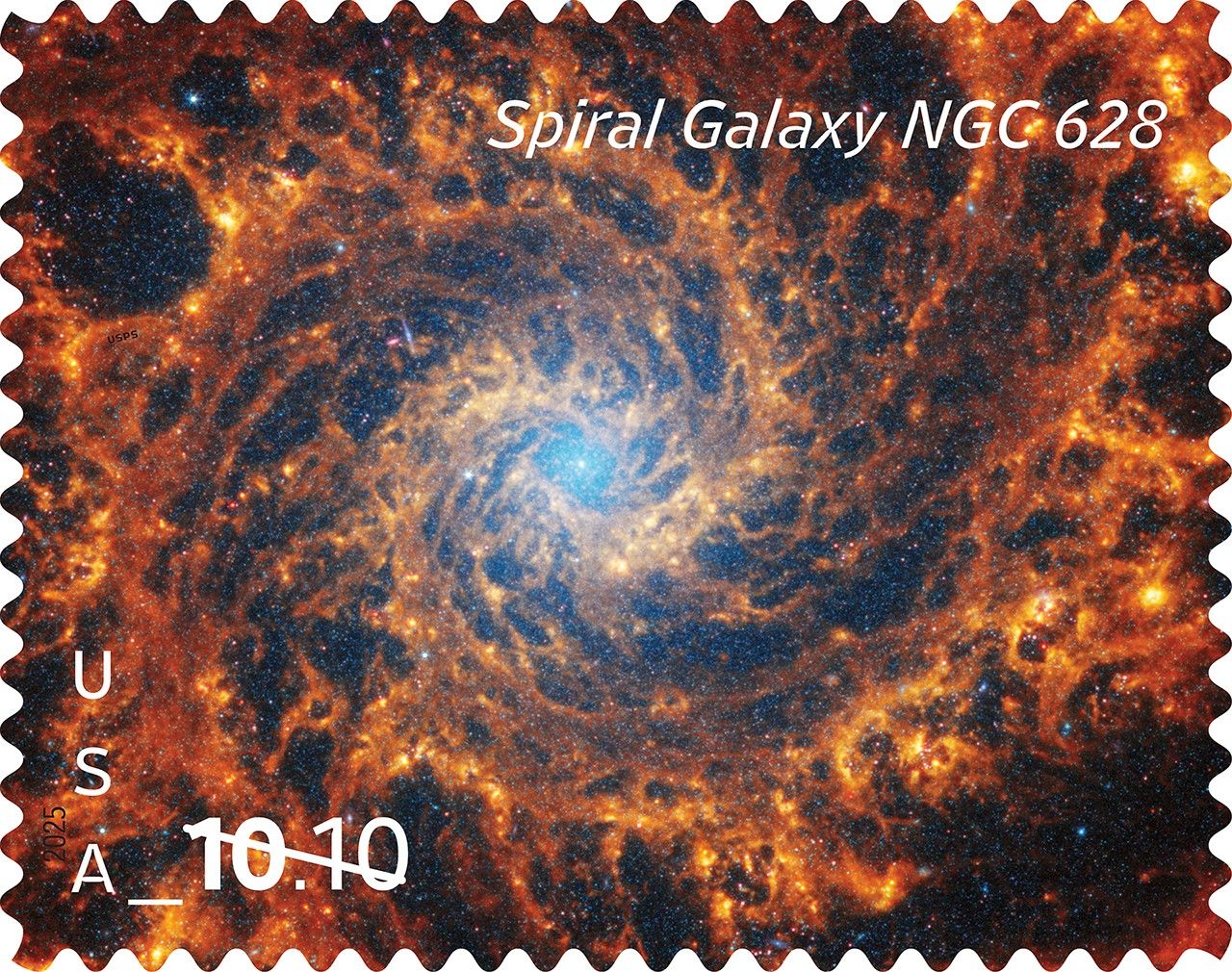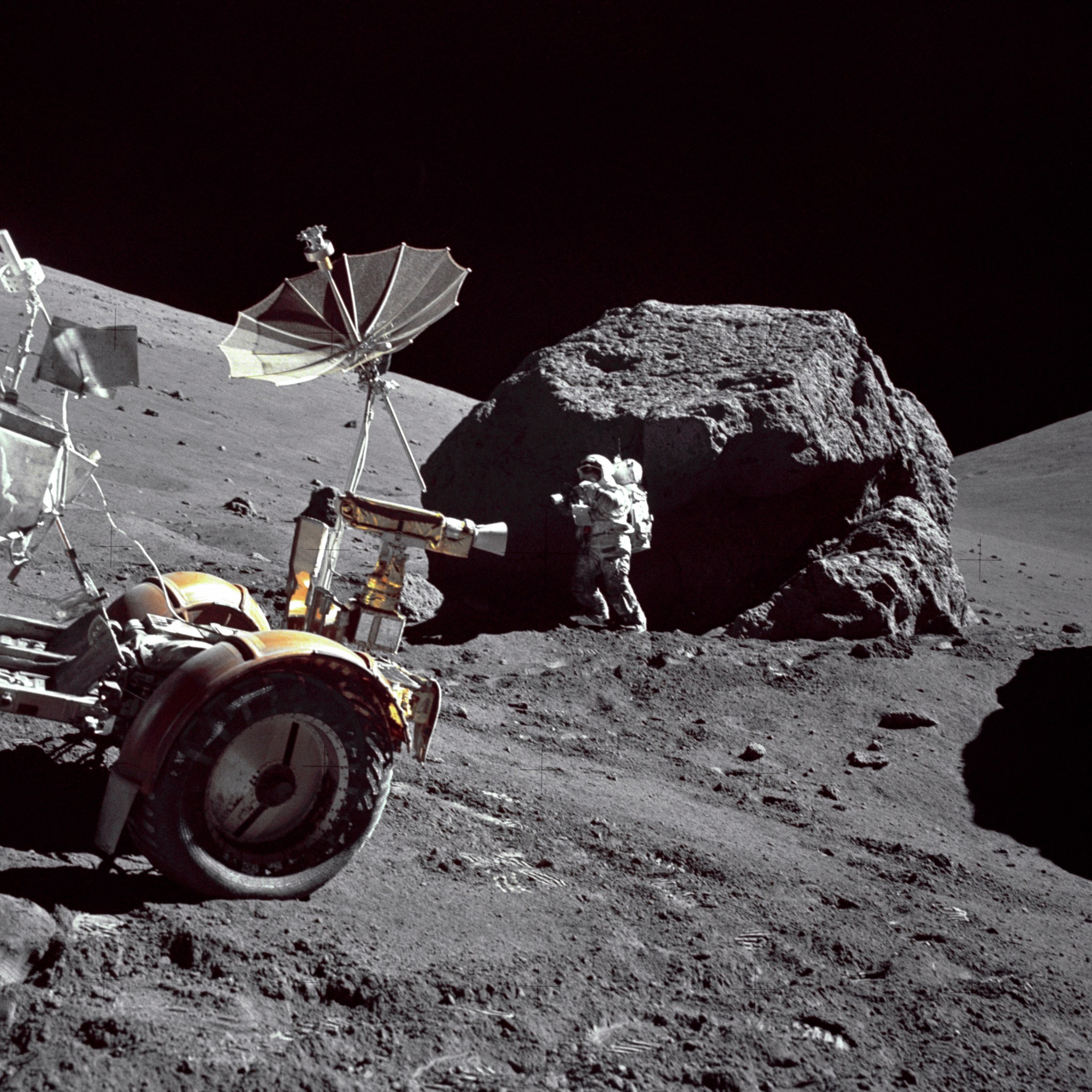Pristinely preserved Moon rocks collected from the Apollo era are about to be released for study, and NASA has selected nine research teams for this special opportunity. One of these samples has never been in contact with Earth’s atmosphere, and some have been frozen or stored in helium since collection. Out of these nine teams, two are based at NASA’s Ames Research Center in California’s Silicon Valley.
“These Moon rocks are a treasure, and the science we can do with them is a genuinely unique opportunity,” said Alexander Sehlke, a principal investigator for one of the selected research teams. “My group is using just a little vial with a bit of dust in it, but it’s really exciting.”
These preserved samples are a time capsule to the Moon’s past, containing information that NASA will need as we begin to prepare for permanently inhabiting the Moon in the coming years.
The unopened sample was collected by the Apollo 17 mission, the last to put human boots on the lunar surface and the only to have a geologist onboard. Much like the samples of ice we use to see changes in Earth’s climate over long periods of time, this core sample from the Moon contains material spanning millions to billions of years. Almost fifty years after Apollo, the current generation of scientists will now be able to use modern technologies on these samples to unravel even more about the history of the Moon.
Studying Weather on the Moon
One team, led by researchers Richard Walroth of the Universities Space Research Association and David Blake of Ames, will investigate the effects of space weather on the lunar surface. That “weather” is created by the solar wind, a stream of charged particles carrying hydrogen from the Sun along with it. The team’s goals are twofold: understand how this radiation impacts iron and other metals in the Moon’s soil, and what happens to this hydrogen once it makes contact with the lunar surface.
This research will come in handy when deciding what materials to use for lunar habitats and other structures and bring us one step closer to understanding the nature of hydrogen’s presence on the Moon. Not only is hydrogen a building block of water, but it could be converted into fuel for future space missions – if we know where to look.
Heating Rocks to Uncover the Past
The other team at NASA in Silicon Valley, led by Sehlke and Derek Sears who work at Ames through the Bay Area Environmental Research Institute, will heat up grain-sized samples of lunar dust, using the intensity of their glow to reveal the Moon’s thermal past. Discovering how hot these rocks have been, what amount of radiation they’ve been exposed to and how long ago will give context to discoveries made by future missions and the other research teams, helping pinpoint spots to look for water, hydrogen and other materials.
“One great part of this project is that it brings together so many different groups of scientists,” said Walroth. “Just our project alone is working with space weathering and spectroscopy experts from around the country. Altogether these research groups encompass a wide breadth of scientific knowledge and expertise.”
The nine research groups spanning the country will share their samples and findings, working collaboratively amongst themselves and partner institutions to take these samples from the past and use them to create a roadmap for our future on the Moon. The Apollo mission continues, here at Ames and beyond.
Author: Frank Tavares, NASA’s Ames Research Center


























